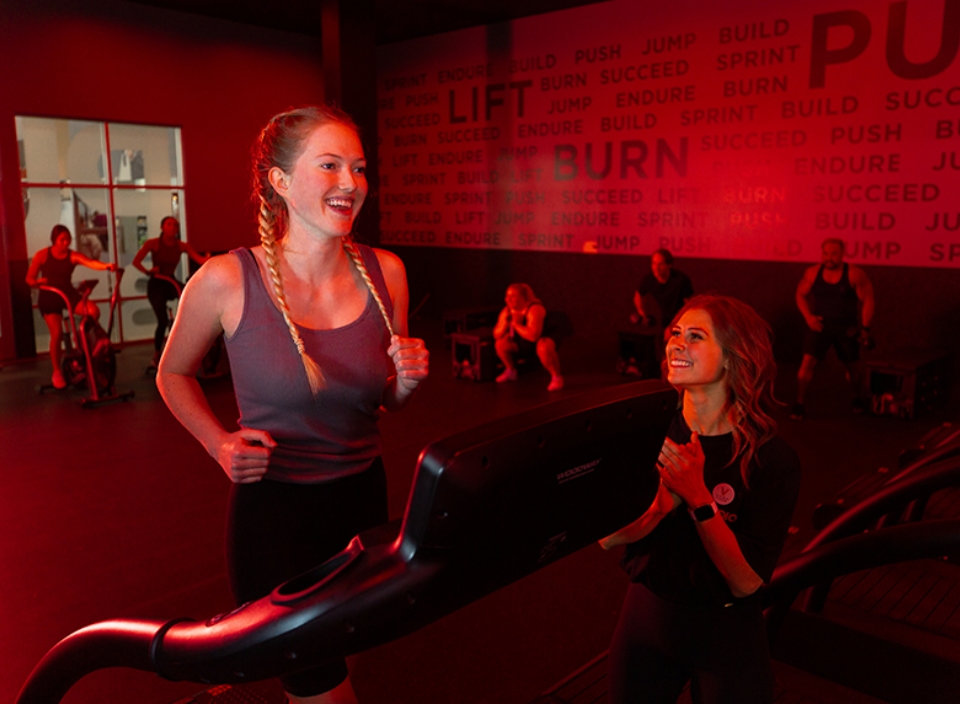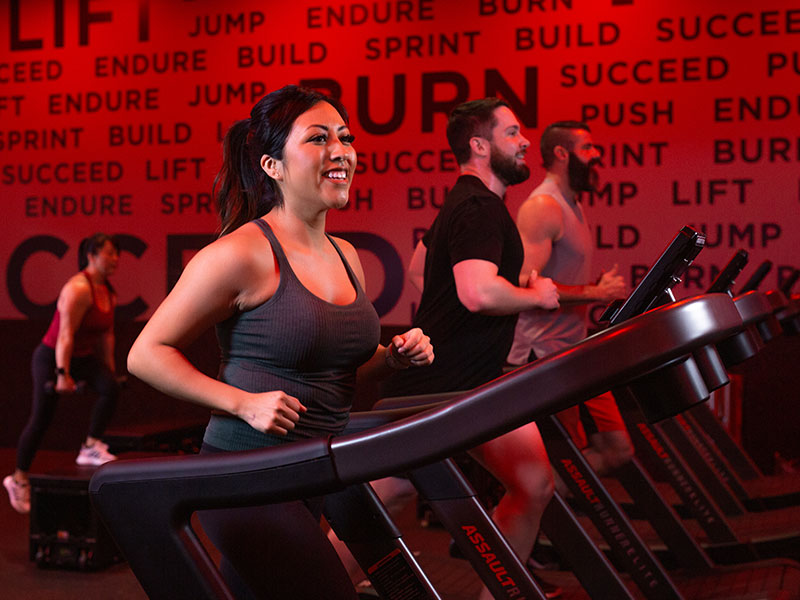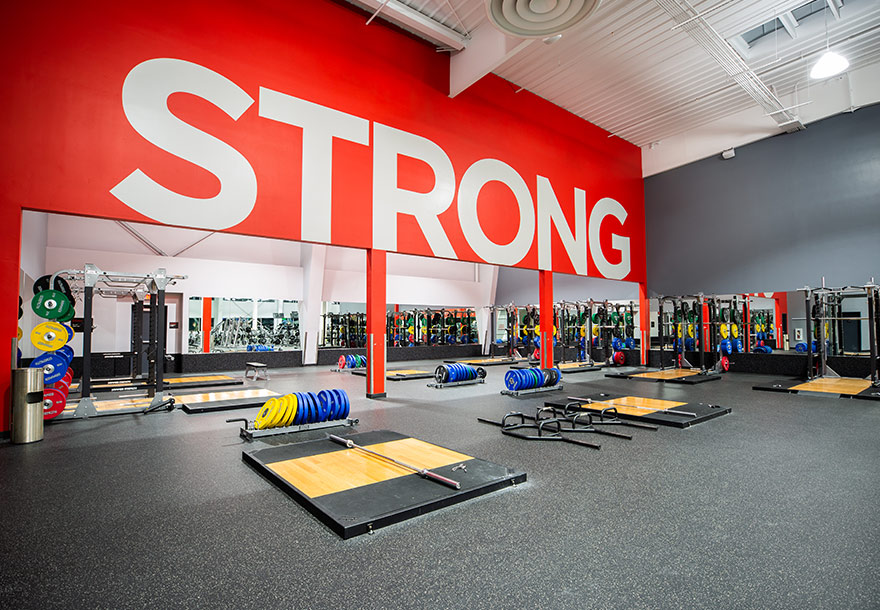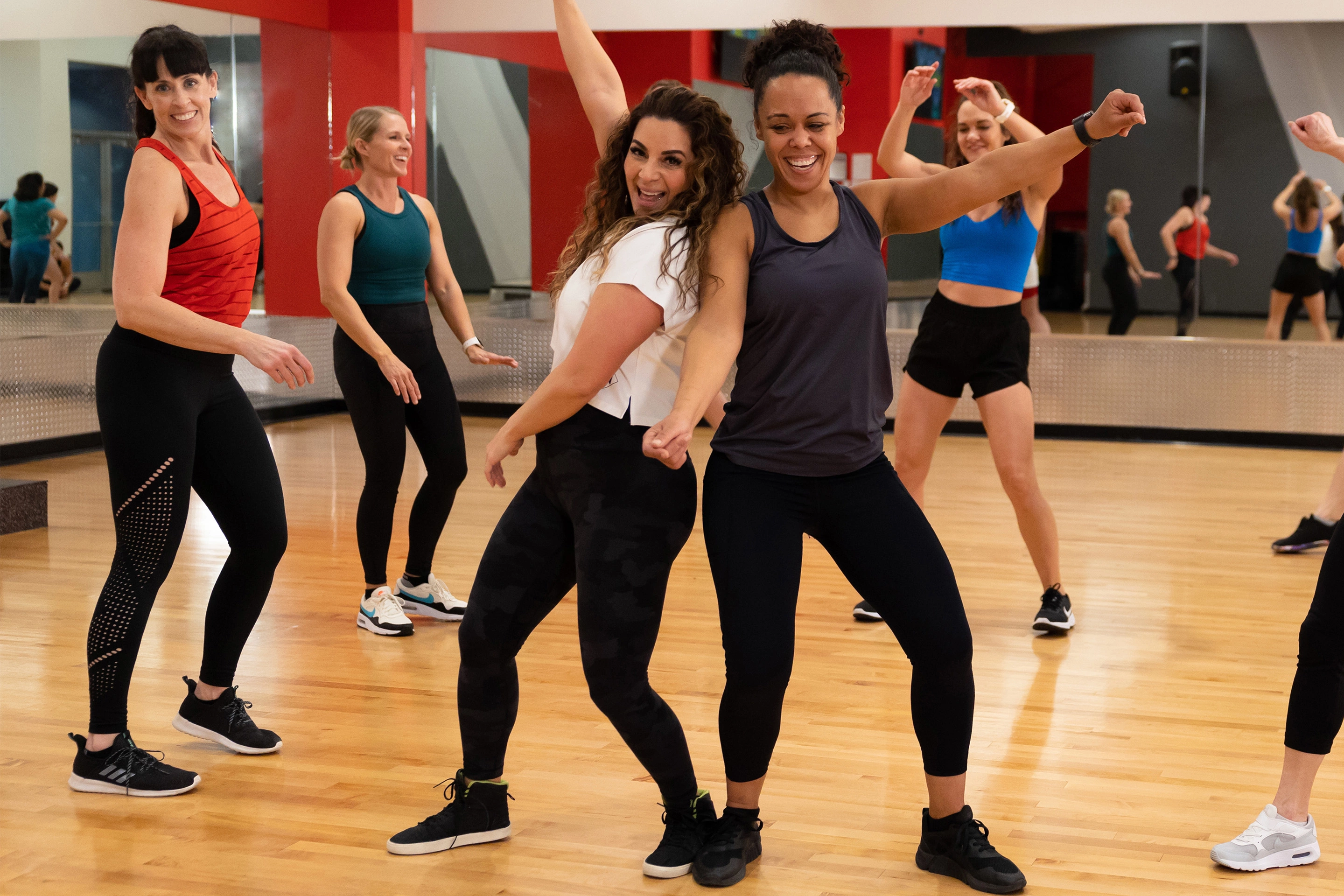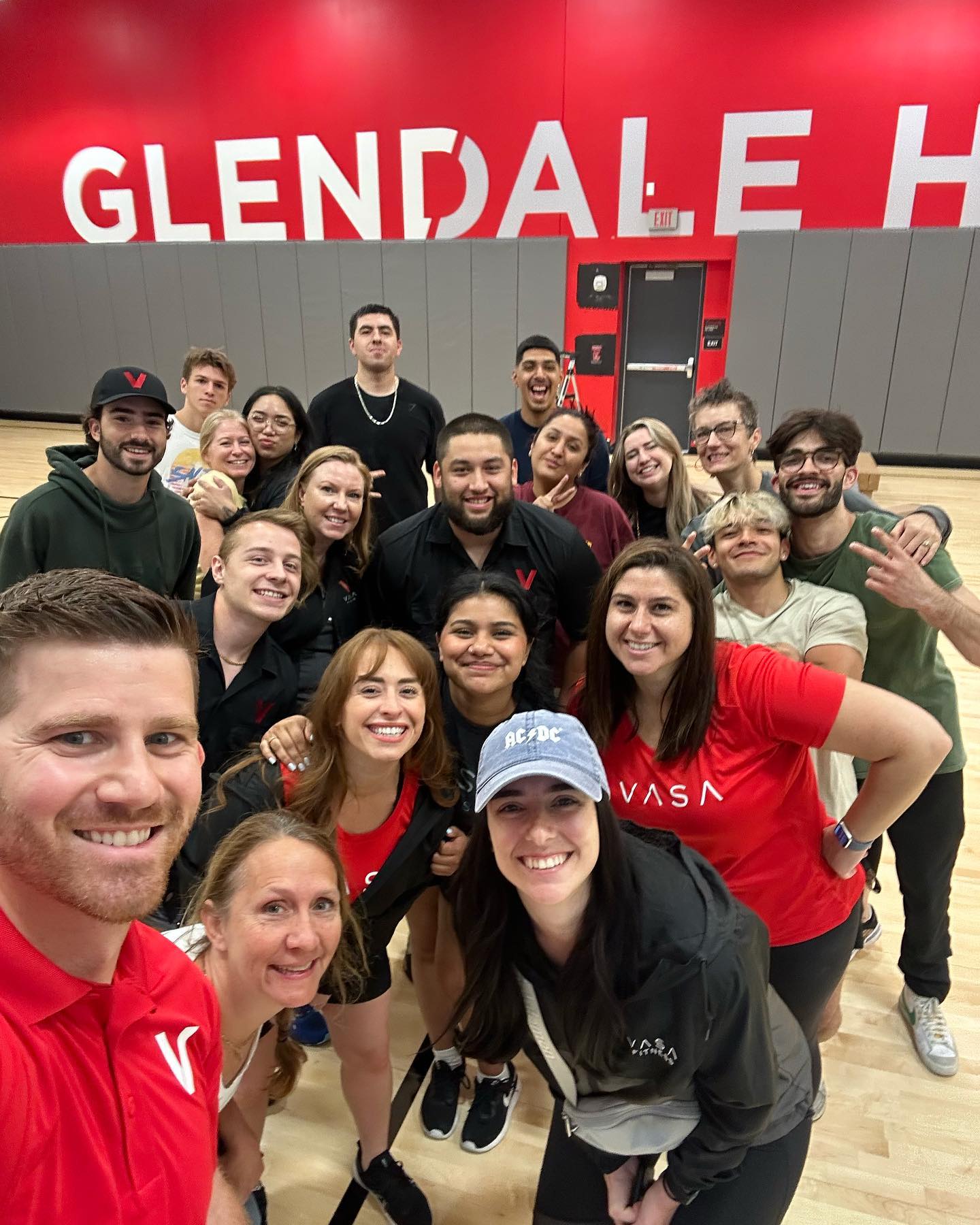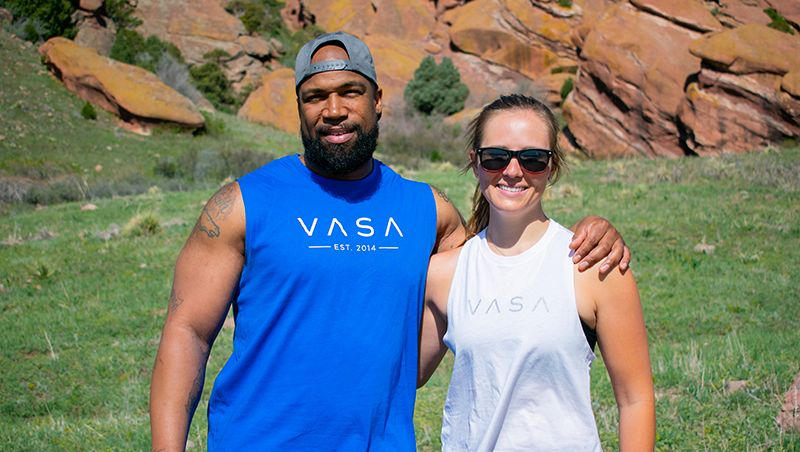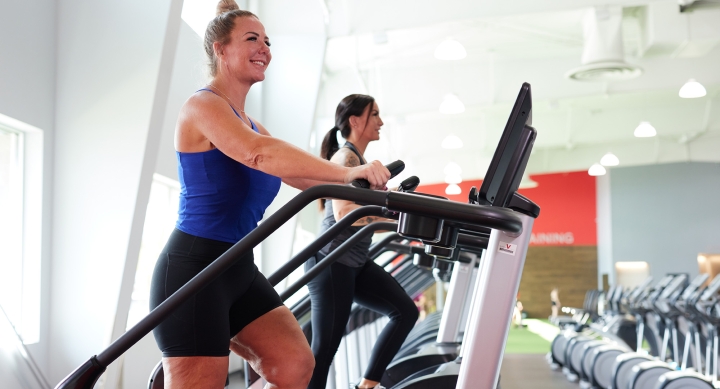How to Overcome Fitness Plateaus
When you’ve been following a consistent exercise routine, it’s common to hit a roadblock if you continue doing the same thing day after day. When this happens, you might feel bored or unmotivated, or maybe your body isn’t responding to the exercise like it used to. It can be helpful to first understand why you’ve hit this fitness plateau, and then you can make changes to your routine that will help you to take your fitness to the next level.
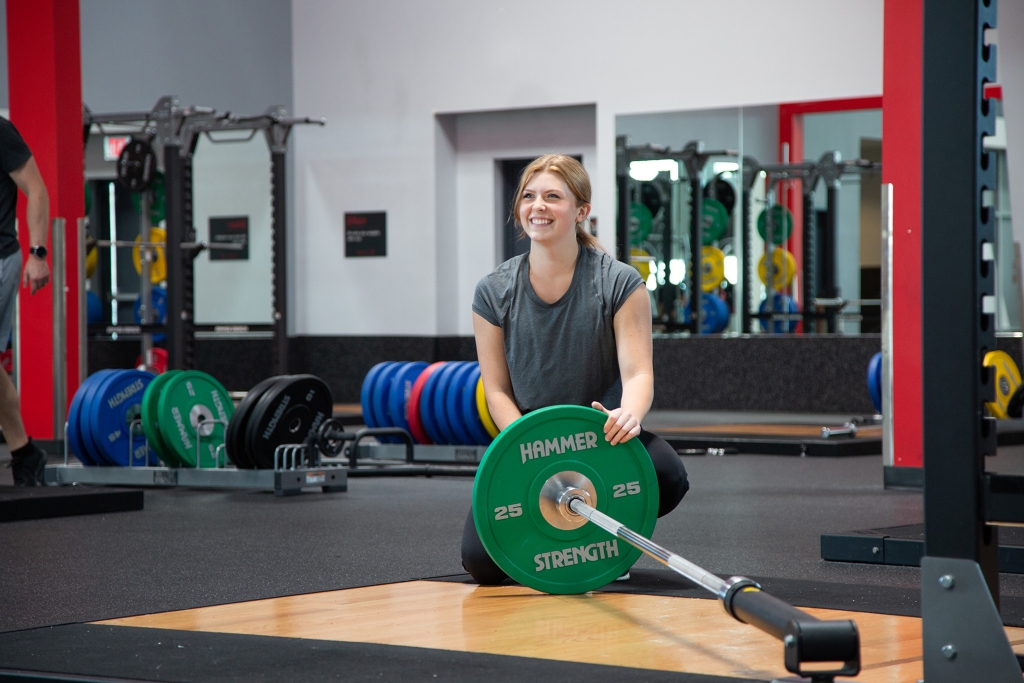
What is a Fitness Plateau?
When your body adjusts to the demands of your workouts, you might start to notice you aren’t feeling and seeing the results you want. This means it’s time to try a new training style or make some adjustments to your routine. There are a few different reasons why fitness plateaus occur:
Adaptation:
The body is resilient, and it adapts to the physical demands of training. As your body adapts, exercises that were once challenging become easier. When you get too comfortable with a particular routine, you stop progressing.
Overtraining:
Your body will give you warning signs if you’re overtraining. These include fatigue, pain, and insomnia. Prioritizing time to rest is crucial so your muscles have time to repair and rebuild so you can return to your workout stronger.

What Should You Do When You Reach a Fitness Plateau?
If your fitness routine has been the same for a while and it’s not giving you the results you’re looking for, here are some ideas to help you push through to continue making progress:
Mix Up Your Routine:
Add variety to your routine by trying different types of exercises or lifting heavier through progressive overload—a training method that involves gradually increasing the stress placed on your body during your workouts
Track Your Progress:
It’s easier to identify a fitness plateau if you’ve been tracking your progress. It can be helpful to record your workouts in a journal and include the specifics of each exercise session, such as the number of reps and weights used, as well as how you felt during and after your workout. Once you’ve identified a plateau, it will be easier to come up with a plan for how to overcome it.
Incorporate Strength Training:
Resistance training has many benefits for physical and mental health. It improves strength and endurance while protecting your joints from injury. Building muscle can boost your metabolic rate and improve cardiovascular health, especially when combined with cardio. Strength training might also help you achieve other goals, like running faster.
Drink More Water:
Staying hydrated is one of the best ways to stay healthy before, during, and after your workouts. Water plays an essential role in the overall function of the mind and body—good hydration promotes cardiovascular and digestive health, and aids in muscle performance and recovery.
Make Time for Rest:
During rest, your body begins to replenish its energy stores and repair the muscle tissue used during your workouts, helping your muscles grow and become stronger. The amount of rest days needed varies, but if you have a consistent exercise routine, it’s a good idea to set aside at least one day each week dedicated to rest and recovery. You may find that after taking a rest day you have more energy for your next workout and your performance improves.
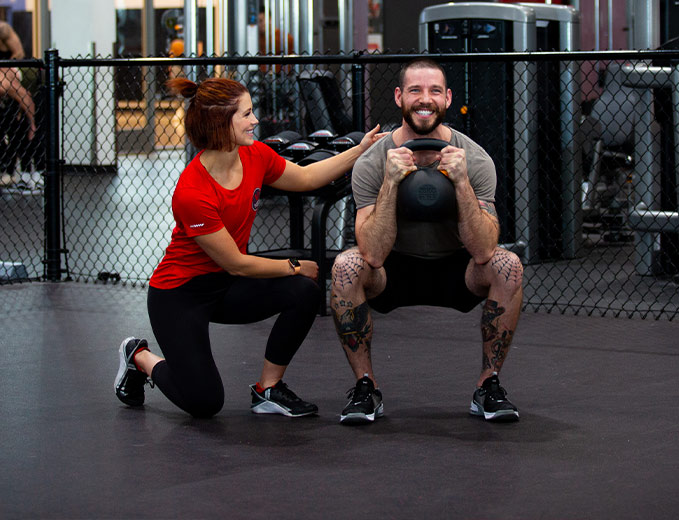
Conclusion:
Now that you’ve learned how to identify fitness plateaus and what you can do to overcome them, come in to VASA today to create a game plan for taking your fitness to the next level with one of our personal trainers!
SUBSCRIBE TO OUR BLOG
Enter your email to start receiving our blog emails!
